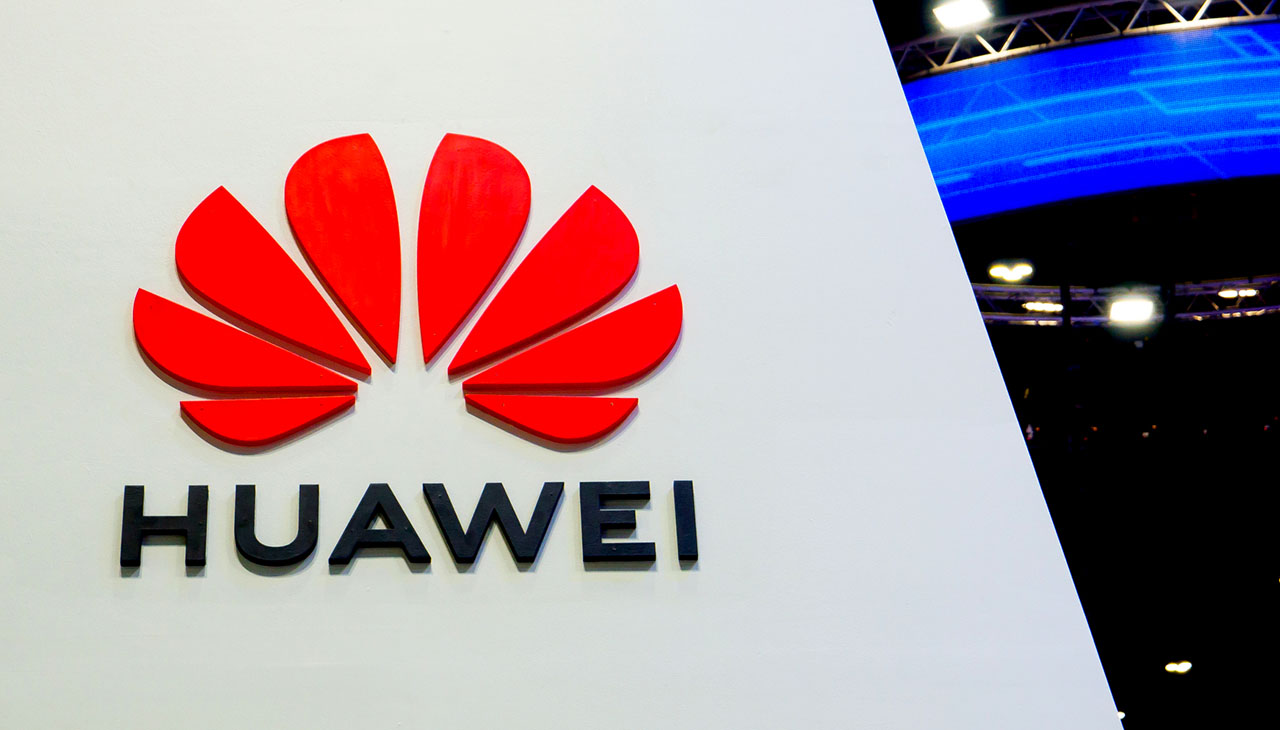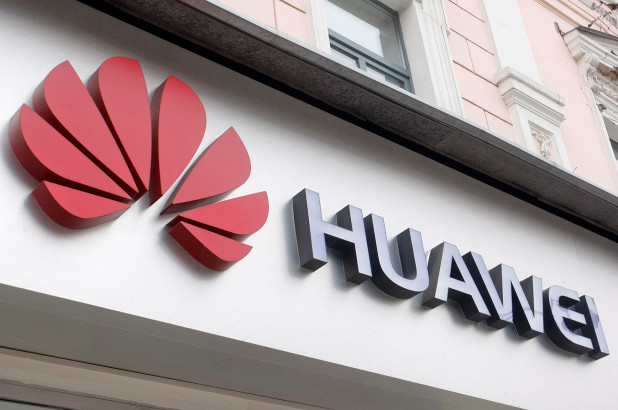News
Huawei completed the industry’s first DWDM live network test with a single-wave rate of 1.66Tb/s

On June 10, Huawei has publicized that with the cooperation of leading European operators successfully completed the industry’s first Dense Wavelength Division Multiplexing (DWDM) live network test with a single-wave rate of 1.66Tb/s.
What is DWDM?
Dense Wavelength Division Multiplexing (DWDM) is an optical multiplexing technology used to increase bandwidth over existing fiber networks. It works by combining and transmitting multiple signals at the same time at different wavelengths on the same fiber.
Company’s Aim:
The test aims to research cutting-edge technology based on a large-capacity data center interconnection (DCI) scenario. It uses a standard G.652 fiber of 96.5 km and only ordinary EDFA optical amplifiers throughout the process.

Testing process and achievements:
During the test, a total of 34 channels were transmitted on the live network and each channel separated by 150GHz and the total fiber capacity exceeded 56Tb/s, as well as the spectral efficiency, exceeded 11bit/s/Hz.
At the same time, this live network test also completed a single-wave transmission of 1.77 Tb/s over 60 km, a single-wave transmission of 1.65 Tb/s over 120 km, and a single-wave transmission of 1.6 Tb/s over 180 km.
These record-breaking results are achieved through Huawei’s advanced CMS (channel-matched shaping) algorithm. It includes advanced nonlinear digital signal processing technology, high-order modulation technology based on 400QAM, and uses enhanced probability constellation shaping (ePCS).
To be mentioned, it also uses a deep neural network drive algorithm to always maintain the most advanced signal processing capabilities, thereby achieving excellent transmission performance.
Additionally, this test also verified the transmission capability of the metropolitan area network based on ROADM. In the G.652 fiber-optic network of 452 km on the existing network, Huawei successfully achieved a single-wave transmission rate of 1.28 Tb/s without an electrical relay. As well as the entire process only uses an ordinary EDFA optical amplifier.
Regarding this, Dr. Maxim Kuschnerov, Director of Huawei’s Optical and Quantum Communications Laboratory, said:
“We have achieved an important milestone in the single-wave 1.6 Tb/s transmission era in DCI and metropolitan area networks.
With Super C+L spectrum innovation, future single-fiber transmission capacity will be achieved. It will exceed 100Tb/s, thus providing sufficient support for the continuous growth of network traffic in the future.”







